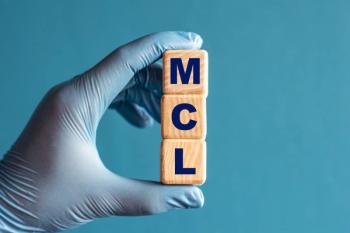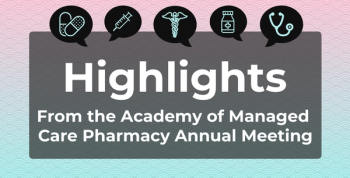
Overcoming High Costs to Provide Affordable Access to Cancer Care
As what happens many times when cancer drugs gain FDA approval, the statistically significant improvements in regards to prolonging patients' lives is often offset by high drug costs, which makes it difficult for drug companies and payers to provide patients access to lifesaving treatments. But what can be done to improve access to affordable care?
On June 8,
The cost of developing cancer drugs can be exorbitant, sometimes in the billions of dollars. In addition, many cancer drugs never even make it to market, meaning that the company is unable to recoup the costs. So, in situations where drugs such as pertuzumab garner approval, the pricing for treatment is often high.
So, what is the solution? That’s the billion dollar question; unfortunately, there is no silver bullet answer. However, one thing is for certain—payment models need to change. Accountable Care Organizations and bundled payments are two models that have the potential to overhaul the system, but there are still many obstacles. Lee Newcomer, MD, MHA, recently spoke about this topic in
“A budget would require physicians to separate out those things that are really important from those that either don’t have an effect or don’t have enough of an effect to be important. I really believe those decisions are best made at the professional level, so I am hoping that as we evolve into new financing systems that it will be doctors involved in making the decision. But…that is going to be hard. Looking at a patient and saying we aren’t going to do some of these things because they just don’t have value, even if a patient may want them, is going to be very difficult to do.”
Sandra M. Swain, MD, President of the American Society of Clinical Oncology (ASCO) also spoke about some of the programs that have been launched to assist in lowering healthcare costs and implementing payment reform models. Dr Swain talked about ASCO’s
Drs Newcomer and Swain also spoke about other strategies on the horizon that have the potential to decrease healthcare costs but that have not yet evolved to the point of making an impact, such as value-based coinsurance and copays. Although value-based models have not yet been simplified to the point of feasibility, Dr Swain mentioned that companion diagnostics represent an important opportunity to cut costs. “Companion diagnostics are really very important to be approved with the newer drugs...so that also sets a higher bar for the new drugs that are coming out. Plus, it decreases the population of patients in which the drug is being tested, so the clinical trials in the future should cost less, and then, hopefully in the future the drugs will also cost less. So, that’s something where research is really important to decrease some of these costs.”
Newsletter
Stay ahead of policy, cost, and value—subscribe to AJMC for expert insights at the intersection of clinical care and health economics.







































